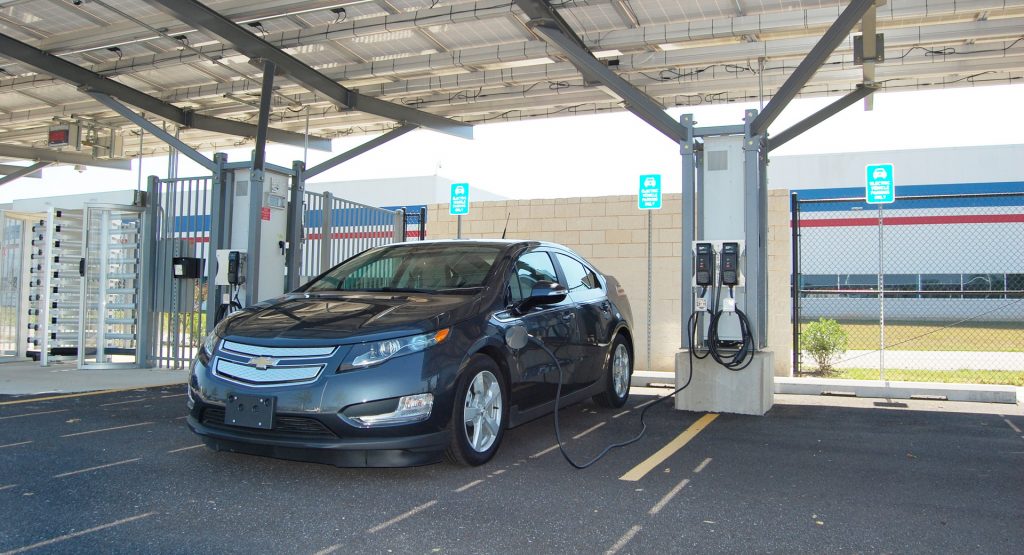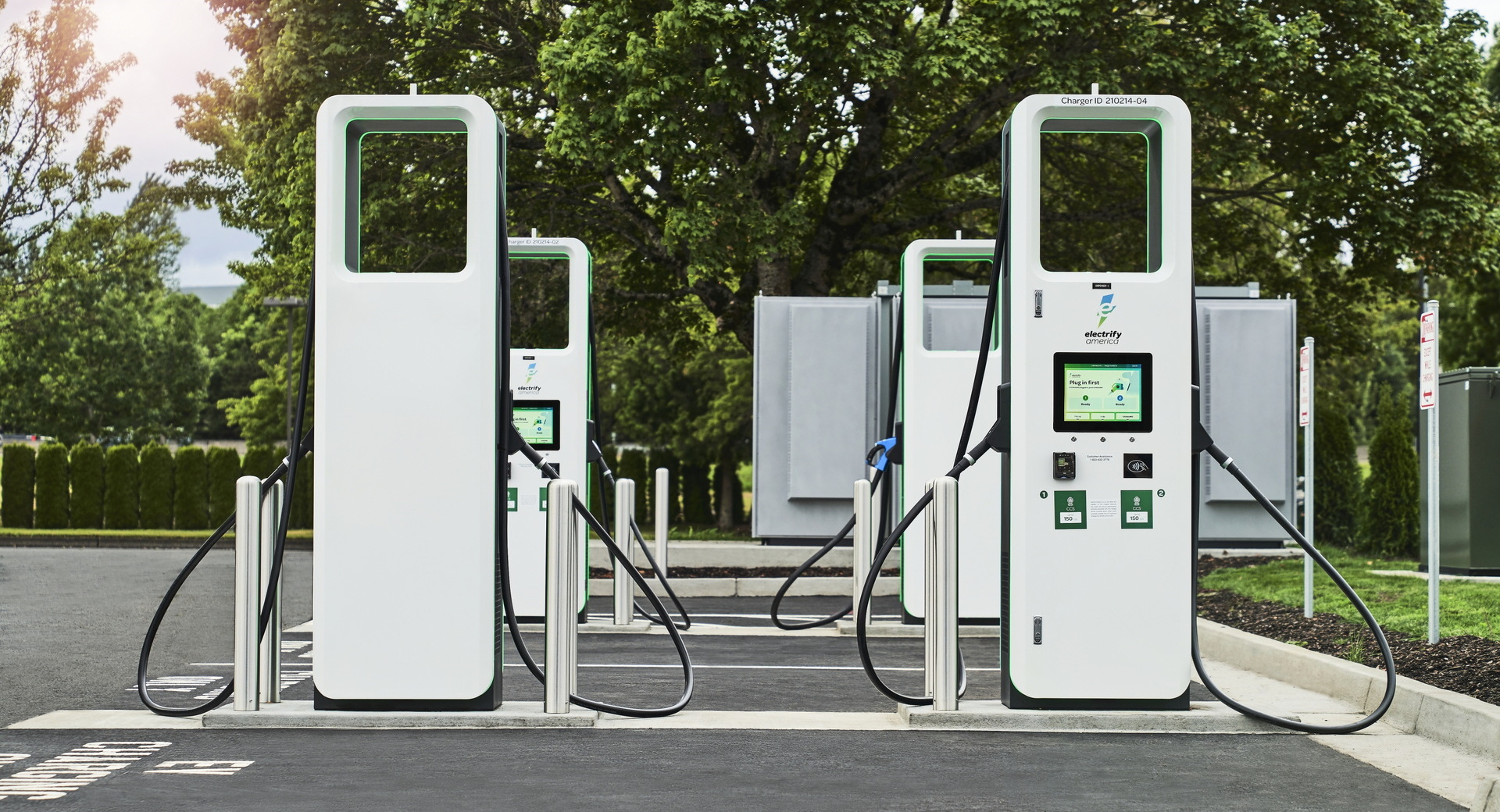Automakers are doing everything in their power to meet their goals for electrification, but the onus is falling upon dealerships and customers to turn those goals into reality.
According to Automotive News, dealerships are having to deal with the time-consuming and expensive realities of installing fast chargers on their premises. In some cases, brands are requiring that dealerships have the chargers installed.
Starling Automotive Group in Florida owns six GM dealership franchises, including two brands that GM has said will be leaders in electrification: Cadillac and GMC. According to owner Alan Starling, the power company said he would also need to upgrade his electrical service in order to install fast chargers at his dealerships, an upgrade that pushed the total cost of installation over $220,000.
Dealer Rick DeSilva faced a similar problem at his Hyundai dealership in New Jersey, which was quoted between $50,000 and $100,000 to upgrade the service in addition to the cost of the chargers and work. DeSilva was hoping for some local incentive money for the upgrade, but says that his dealership had no choice but to commit to installing the chargers before approval or else they risk losing allocations of upcoming EVs.
Read More: What’s The Biggest Dealer Markup You’ve Paid?
Jigar Shah, head of Energy Services for Electrify America, has seen this problem before while installing their own charging network. He says most dealerships have a power draw of just 24 to 48 kW, which is about the same as a residential home and enough for a Level 2 Charger.
Level 3 Fast Charging requires a lot more power, however, from 150kW all the way up to 350kW for some. And that’s just for one charger, multiply that by even three or four and you can see the issue at hand.
An Electrify America location in California with 14 fast chargers and a storage battery uses roughly one-third of the peak electricity usage per minute of the Empire State Building when operating at maximum power.
The extensive upgrades also mean that the chargers won’t be available for use anytime soon. “Getting capacity from a utility can take a while. In some cases, we are waiting six months to up to two years,” Shah says.
Dealers will have to bear the cost of the upgrades for now and hope that the inclusion of the chargers at their location will offer a competitive edge over those without them.




